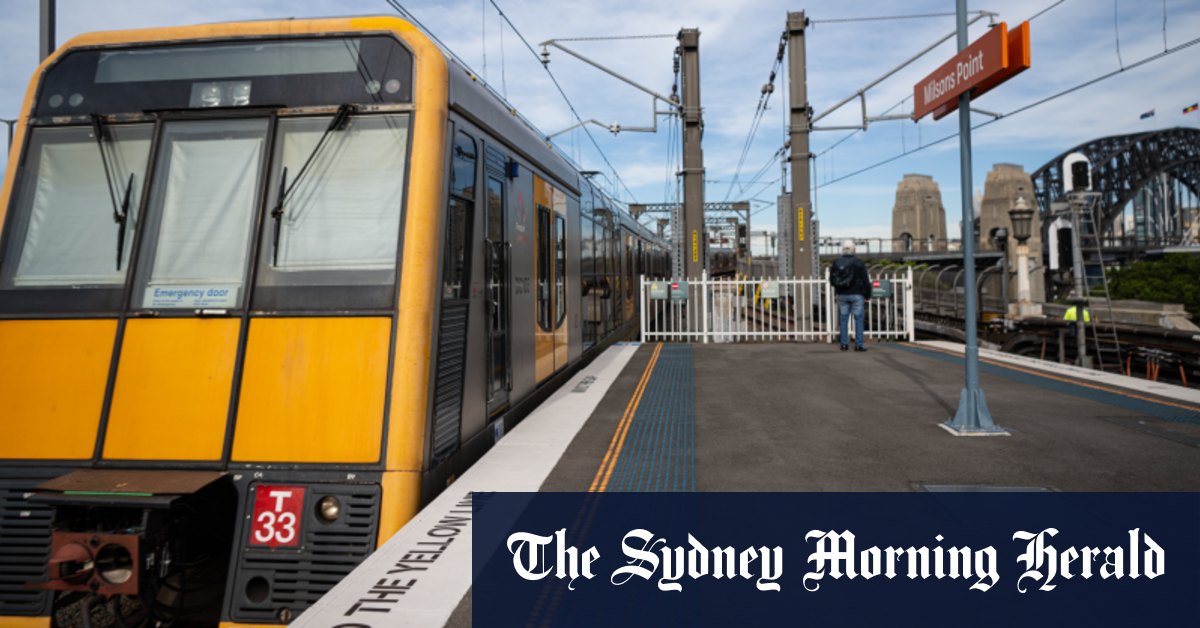Premier Chris Minns said building the new trains in NSW would take time, but the government was determined to do it.
Loading
“We’ve had a decade of missed opportunities and thousands of jobs offshored while we purchased trains, trams and ferries filled with defects, faults and failures,” he said.
Under Sydney Trains’ plans, the locally built Tangara replacements will enter service in the early 2030s. That means the Tangaras – recognisable to commuters for the name emblazoned on their carriages – will be more than four decades old by the time they are retired.
Transport Minister Jo Haylen said the funding in the upcoming budget was the first phase of the plan to kick-start the state’s local supply chain, production capabilities and workforce to build trains in NSW.
“That’s why the Tangara life extension work is vital – so we have a healthy fleet until the new locally built trains are ready,” she said.
Loading
The Tangaras, which began carrying passengers in the 1980s, have already had their lives extended by a decade and had been due to be retired by 2027.
A final report from a government-commissioned review into repeated failures across the rail network identified the refit of the Tangara fleet as one of the challenges facing Sydney Trains over the next five years.
The report – released in April – found that the fleet upgrade has been problematic and delayed by an “an inability to deliver the proposed scope of work, lack of configuration control and lack of support for outdated IT systems”.
It warned that delays in upgrading the Tangara trains’ critical systems could threaten the rollout of digital systems on the T4 Eastern Suburbs and Illawarra line between Bondi Junction and Erskineville and between Sutherland and Cronulla in 2025.
The digital systems project involves replacing old signalling and train control technology, which will allow trains to run more frequently.
Start the day with a summary of the day’s most important and interesting stories, analysis and insights. Sign up for our Morning Edition newsletter.

